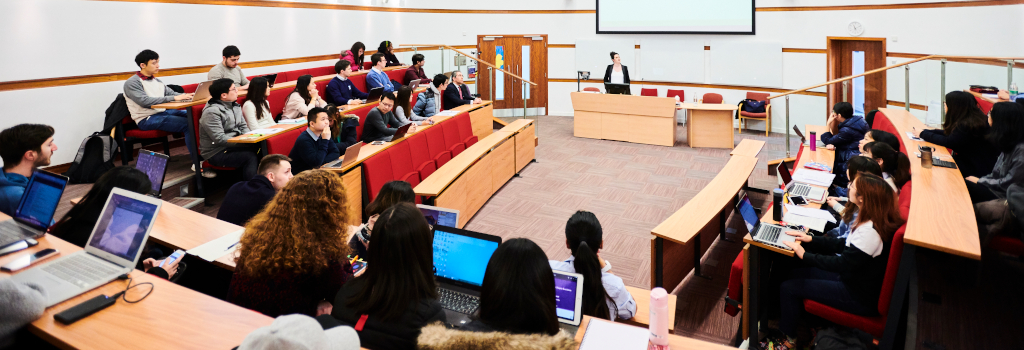Simulation-based Learning

In simulation-based learning, students interact either virtually, or in a face–to–face environment, with a simulation of a real-world event. The simulation creates a safe environment through which mistakes can be made, without consequence, to allow students to understand the implications of decisions they make in effecting future events.
To understand when best to use simulation-based learning, it’s best to run some focus groups with students and explore any common issues in their understanding of a topic or its application in ‘real life’.
Two good examples of this can be found in the disparate disciplines of Physics and Law.
In experimental Physics, students often struggle to understand concepts such as Newtonian Force or electron flow in circuits. This is because these concepts are invisible, with only their outcomes being visible (e.g. the motion of a thrown ball, or the light coming on when you press the light switch). Simulations can help with this by providing students environments with which they can interact, changing the parameters and viewing layers which makes visible the invisible. In these simulations, students can see what happens if they change the current within a circuit or change the angle at which a ball is thrown.
In law education, ‘mooting’ is the use of a simulated court, with students taking roles such as judge, juror, lawyer, witness and the plaintiff. The moot is presided over by at least one judge, who delivers a judgment at the end of the moot on the law and on the result of the moot itself. Moot sessions take typically 15-20 minutes and participants are required to use the professional language that would be used in a courtroom situation.
Best Practice Tips
- Simulation–based learning works best when you can identify a particular issue, which may be a lack of student understanding or the need to prepare students for real–world scenarios they may encounter.
- Virtual approaches work well when you have the involvement of a digital developer who you can work with to storyboard the ideas and develop the virtual content. In addition to the faculty developers, summer students are often good at doing this.
- Face-to-face approaches work well when there is a real-life environment where certain rules and practices apply, such as in a courtroom or when pitching a business. Here, students know in advance the rules and etiquette required, but may not have experienced it themselves directly.
Resources
Open Educational Resources (PhET)
Open Educational Resources (MERLOT)
Further Reading
